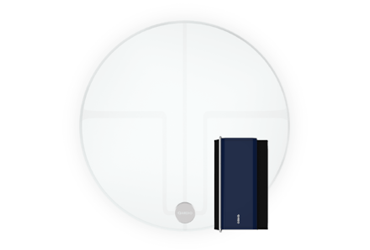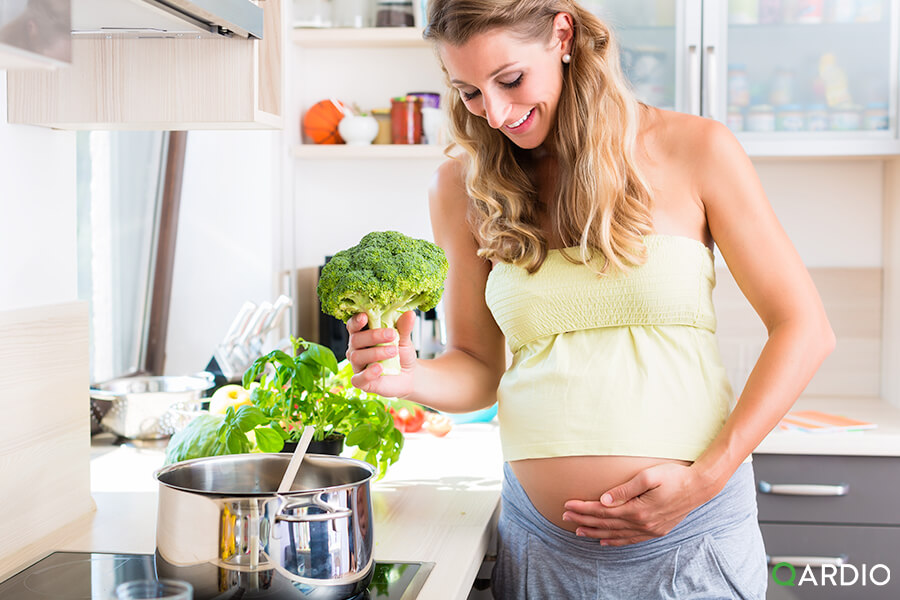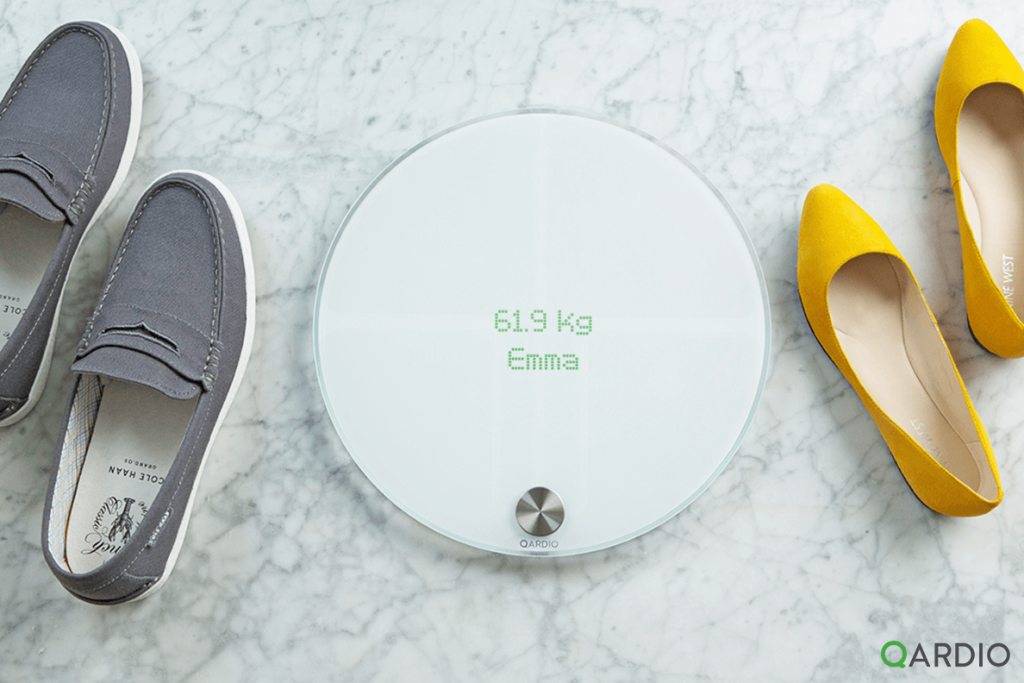Unless you are a big fan of Downton Abbey, chances are that you have never heard of preeclampsia before. It is however a very serious condition that can affect moms to be and impacts the health of both mothers and their unborn babies. Although your caring doctor or midwife is most likely screening for signs of preeclampsia during your prenatal check-ups, get the basic information here on this condition.
What is preeclampsia and who is affected?
Preeclampsia is a dangerous disorder that can develop in the second half of the pregnancy or sometimes even a few weeks after delivery. The typical symptoms of developing preeclampsia are elevated blood pressure and increased protein in urine. There are conditions that raise the risk of developing preeclampsia during pregnancy such as family history, chronic hypertension, diabetes or obesity but there are currently no tests to predict if you will develop preeclampsia during your pregnancy.
How common is preeclampsia?
Preeclampsia is more common than you think. In its mild form it is estimated to affect up to 6% pregnancies while severe cases of preeclampsia are thought to develop in 1-2% of pregnancies.
What causes preeclampsia?
The exact cause of preeclampsia is unknown but it’s thought to be related to a problem with the placenta – the organ that links the baby’s blood supply to the mother’s – not developing properly. There are number of conditions that are thought to increase the risk of preeclampsia such as diabetes, high blood pressure, kidney problems, lupus, family history, preeclampsia during a previous pregnancy or pregnancies with multiples.
As the main symptom of preeclampsia is high blood pressure, it is important to measure your levels periodically during your pregnancy. QardioArm, our smart blood pressure monitor make it easy and stylish to keep an eye on your numbers. Paired with QardioBase, the only smart scale with a dedicated pregnancy mode, Qardio has the ultimate home health kit for the stylish and responsible mom to be.
Sources:
NHS




